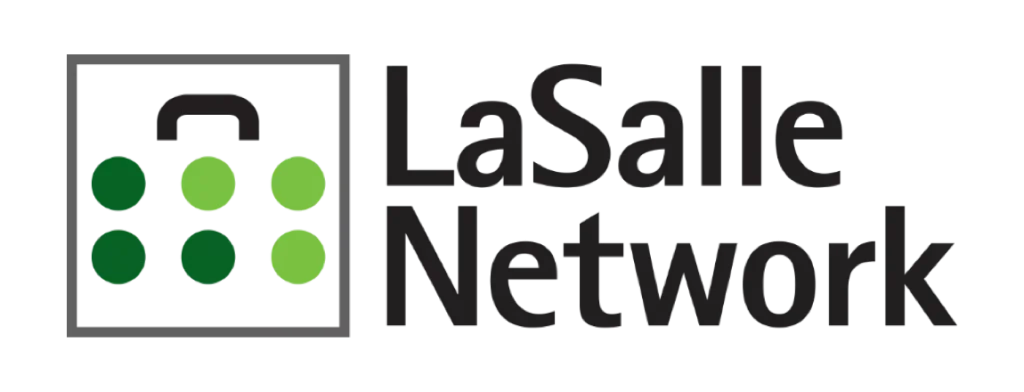This year has likely been stressful to say the least. The combination of a pandemic, financial crisis, fears for health and job safety and now a tense election season may have created the perfect storm for heightened stress levels. This may impact employees very differently, and for some, it may bring them near a breaking point.
Burnout is a state of emotional, physical, and mental exhaustion caused by excessive and prolonged stress. It can occur when an employee feels overwhelmed, overworked, emotionally drained or unable to meet constant demands. Burnout may not always be related to the work an employee is doing but may stem from being emotionally or physically drained in other areas, which in turn decreases their threshold for work–related demands.
If left unaddressed, burnout may cause employees to lose interest and motivation, decrease productivity and creativity, and can even lead to turnover. In a year like this, as the news and social media have been incessantly bombarding employees with stressors and conflict, here’s how to help quiet the noise, regain focus, and prevent employee burnout.
Potential signs of burnout or overwhelm to take note of include:
- Exhaustion. The employee may look or sound extremely tired or have trouble focusing during meetings. A sudden lack of engagement and productivity is a telltale sign, especially if they once were very communicative and eager to share ideas or volunteer for projects.
- Irritability. If an employee who is typically easy going starts to clash with others more frequently, or repetitively seems unable to reach a consensus with teammates, this may be a sign they are disengaged.
- Lack of creativity. This may be caused by a lack of mental energy or focus, hinting towards burnout. If an employee who typically brings many new ideas suddenly stops sharing, it may mean they are lacking creative energy which could be a side effect of stress.
- Lack of participation. If an employee was once leading the charge in team meetings now barely speaks up, this may be a sign of overwhelm.
- Mistakes. While everyone makes mistakes from time to time, if a top performer begins to make mistakes repeatedly, it may be a sign of disengagement or distraction.
- Negativity. Given the many challenges facing today’s workforce it may be understandable if employees seem less optimistic than normal. However, if negativity becomes uncharacteristically frequent or severe, it may be a sign of an employee feeling hopeless or disheartened.
If you notice an employee approaching or experiencing burnout, the first step is to address it. Explain you’re noticing a change in mood and behavior and ask them about it. Address that you know the election and continuing effects of the pandemic are significant stressors for many people right now, however, don’t assume that this is the case for them. There are a number of other responsibilities that may be weighing on them, and the key is to approach them with openness and empathy.
Consider these as other potential ways to support them and help avoid burnout:
- Be flexible. Offer the accommodations you can, whether it be emotional support, more flexibility in their schedule or some time off, if appropriate.
- Be understanding. By leading with vulnerability and empathizing with what they are feeling, you can help employees feel less isolated and encourage a positive dialogue. Rather than cracking down on a burnt-out employee’s missteps, find ways to support them and relieve stress.
- Change responsibilities. While it does not necessarily need to be a permanent switch, redistributing tasks that may have become monotonous or draining to allow the employee to take on an exciting, new project may help spark creativity and engagement.
- Find their motivation. Some employees want to talk about what’s bothering them, and others may want time to process inwardly. Some may want to bury their heads in their work for a while or be distracted by a friendly competition and others may need a break. By knowing what makes top performers tick, you can help them rediscover their motivation.
- Celebrate the wins. It is important to acknowledge and celebrate small wins as frequently as possible. If possible, doing this as a team may help to hear how other teammates are doing and share in the celebration. By providing affirmation to what they are doing well, you can help refocus their attention on the positive.
- Keep an open line of communication. Whether the employee agreed they may be experiencing burnout or if they mention other stressors that account for their symptoms, continue to check in and develop a plan for continued communication. Maintaining awareness of employee mental health and stress levels can help prevent burnout in the future and help to retain top performers.
Just as you’re there to support your team, we’re here to support you. If you’re hiring, contact us here.





